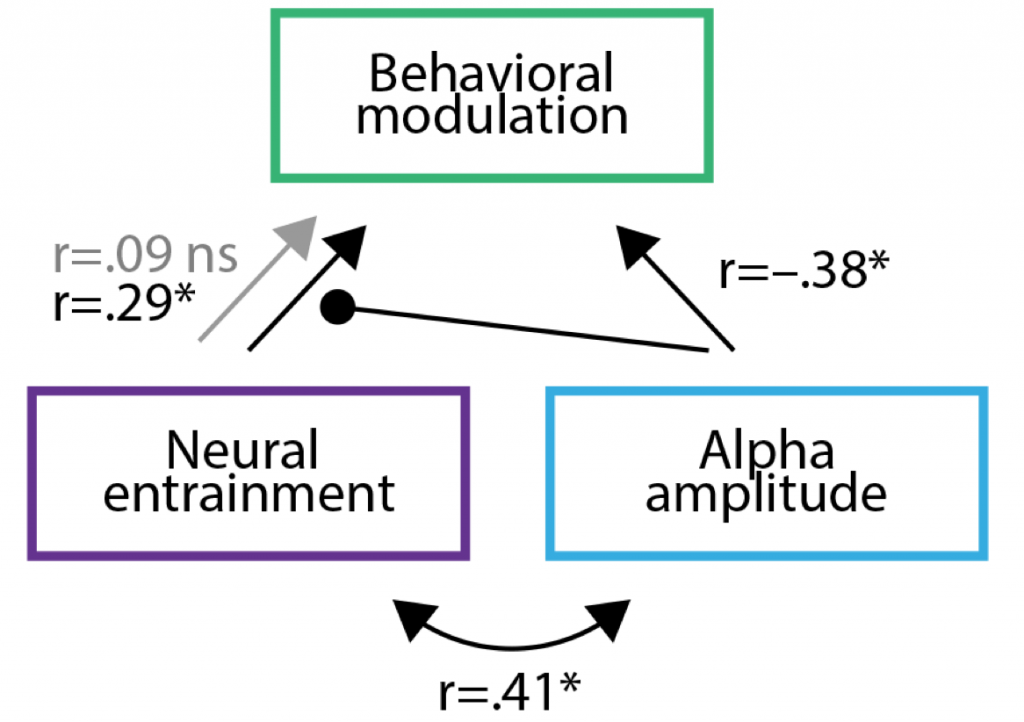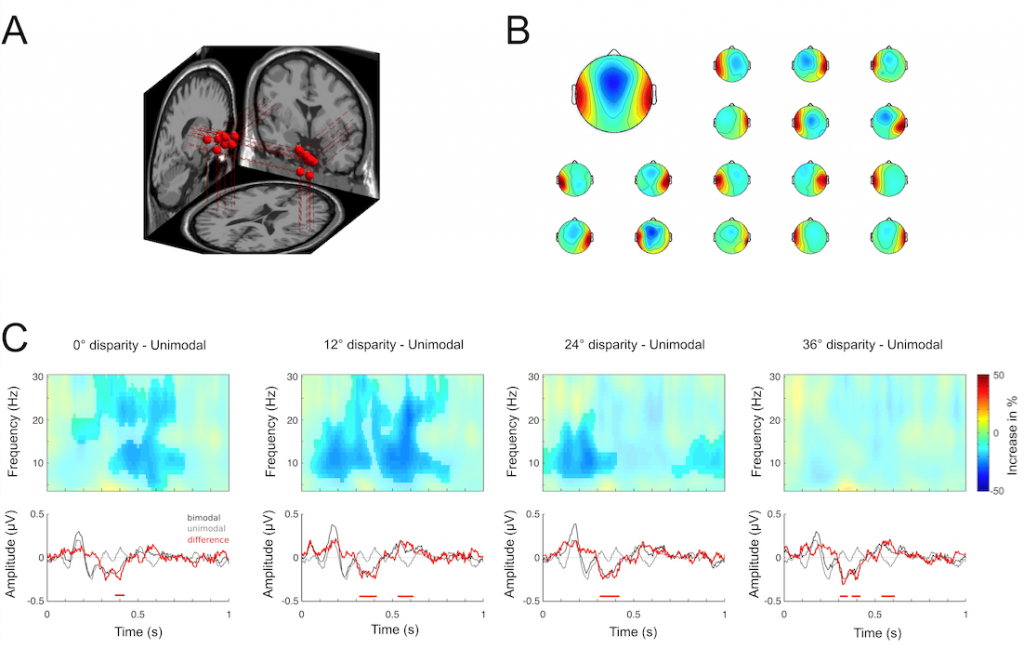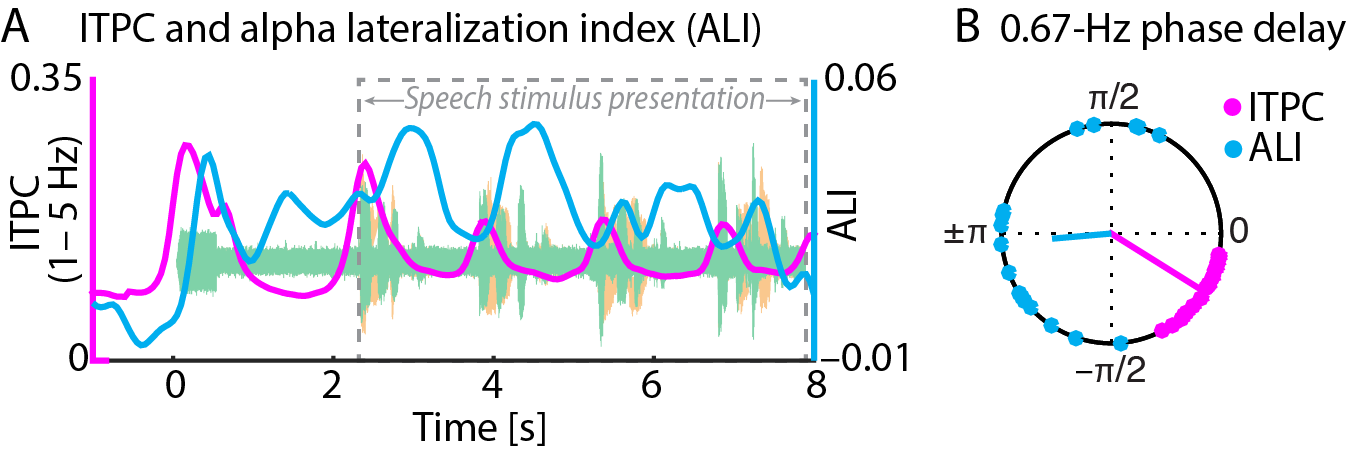Will be at the Society for Neuroscience Meeting next week in DC? Come find us in the Wednesday afternoon session with a bunch of (we think) very cool attention-related posters (Poster boards UU42–UU46):
804.06. Auditory attention and predictive processing co-modulate speech comprehension in middle-aged adults
*S. TUNE, M. WÖSTMANN, J. OBLESER;
804.05. Implicit temporal predictability enhances auditory pitch-discrimination sensitivity
*S. K. HERBST, M. PLÖCHL, A. HERRMANN, J. OBLESER;
804.09. Are visual and auditory detection performance driven by a supramodal attentional rhythm?
*M. PLOECHL, S. KASTNER, I. C. FIEBELKORN, J. OBLESER;
804.08. Spatio-temporal expectations exert differential effects on visual and auditory discrimination
*A. WILSCH, J. OBLESER, C. E. SCHROEDER, C. S. HERRMANN, S. HAEGENS
804.07. Transcranial 10-Hz stimulation but also eye closure modulate auditory attention
*M. WÖSTMANN, L.-M. SCHMITT, J. VOSSKUHL, C. S. HERRMANN, J. OBLESER






